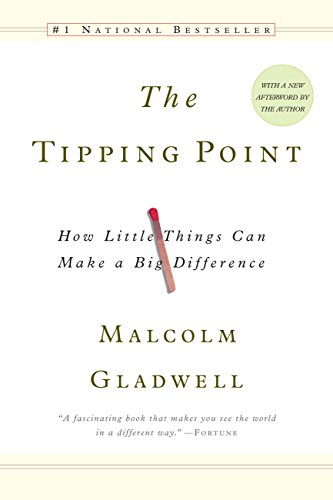

This article is an excerpt from the Shortform summary of "The Tipping Point" by Malcolm Gladwell. Shortform has the world's best summaries of books you should be reading.
Like this article? Sign up for a free trial here .
What is transactive memory? How does it work, and how does it depend on your relationships?
Transactive memory is the process of relying on the people we have close relationships with to hold information for us. We often depend on transactive memory becomes our own individual memories have limited space.
We’ll cover how the transactive memory system works and why it makes small groups and companies functions better.
The Power of Transactive Memory
Groups use a joint memory system called transactive memory to act more efficiently and cohesively. People are limited to the facts and information we can memorize, but we remember the sources of useful information — like phone books and maps and recipe books — to give us access to much more than our memory can hold. When we rely on the people we have close relationships with to hold information for us, this is called transactive memory.
Couples and families do this often. If you’re talking about a movie you saw and can’t remember an actor’s name, you may turn to your spouse to help you fill in the missing information because she tends to be better at remembering those kinds of details. Or if you just came home with a new tech device and don’t know how to program it, you know your teenage daughter is the best person in your family to ask for help.
In this way, groups develop a joint memory system in which each person organically becomes the resident expert on one topic or another, based on who is best suited to remember that kind of information. Transactive memory systems make groups more efficient because each person does not need to know a little bit of everything. Instead, she just needs to know who has the expertise she needs. For this to work, the group must be small enough that the members know each other well enough to know who knows what, and to trust each other to be proficient and reliable within their individual areas of expertise.
Transactive Memory Works Best in Small Groups
Every species has a limited capacity for how much information individuals can store, including how many close relationships they can maintain. This is why we depend on our transactive memory systems.
Channel capacity is a term in cognitive psychology that says humans have limited space in our brains for certain kinds of information: by and large, we can only remember six or seven things — whether objects, numbers, categories, or sounds — before we get overwhelmed and start to lose track. Similarly, social channel capacity states that we have a limited emotional capacity. We can only maintain deep relationships with a limited number of people before we hit our limit.
The concept was developed as anthropologist Robin Dunbar noted the difference in brain size of various primates (including humans). Specifically, compared to other mammals, primates have an exceptionally large neocortex. The neocortex is the part of the brain responsible for complex thought and reasoning.
Primates with a larger neocortex live in larger groups, with humans having the largest of all in both categories (neocortex and community size). Dunbar argued that a large neocortex is necessary to handle the complexities of larger groups; the more people (or primates) in a group, the more relationships and dynamics you have to keep track of (but the more powerful your transactive memory system).
- (Shortform example: In your circle of friends, you know which people have close personal bonds, which people only see each other in group settings, and which people have a history of conflict. The same is probably true (at least to some extent) among your coworkers.)
On a community level, people have a capacity to have some kind of social relationship with about 150 people. In different cultures and organizations — from tribes to military divisions — people have organically realized that social structure functions best at or under 150 people. This is called the Rule of 150. The rule of 150 limits the size of our transactive memory system.
———End of Preview———

Like what you just read? Read the rest of the world's best summary of "The Tipping Point" at Shortform . Learn the book's critical concepts in 20 minutes or less .
Here's what you'll find in our full Tipping Point summary :
- What makes some movements tip into social epidemics
- The 3 key types of people you need on your side
- How to cause tipping points in business and life






